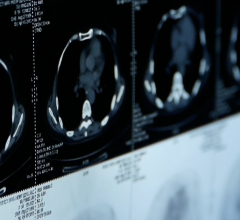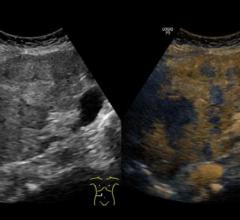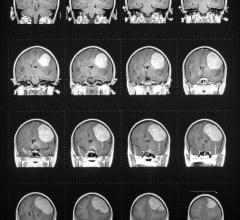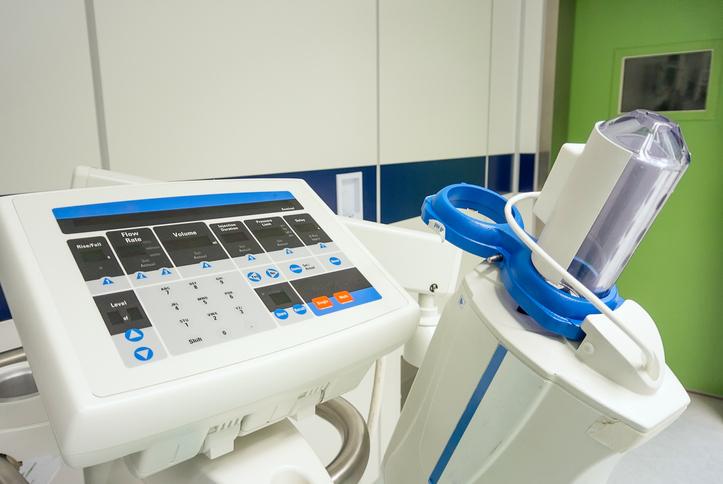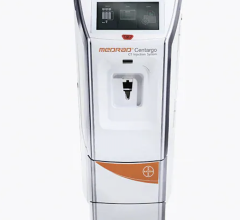In the past year, the radiology community has been a first-hand, hands-on witness to myriad unexpected challenges and ...
Contrast Media
Contrast media, also called contrast agents, are used to enhance the blood and perfusion in tissues. This includes iodine based contrast for on computed tomography (CT), gadolinium based agents for MRI and lipid bubble contrast agents used in ultrasound.
April 28, 2023 — At the urging of the American College of Radiology (ACR) and others, the US Food and Drug ...
March 23, 2023 — Nuclidium announced that the Neuroendocrine Tumors Research Foundation (NETRF) has selected the company ...
Bayer Radiology’s Barbara Ruhland and Thom Kinst discuss how radiology departments can address the many different ...
March 9, 2023 — Contrast agents used in MRI scans to improve the clarity of imaging for diagnostic accuracy, accumulate ...
March 2, 2023 — GE HealthCare announced at the European Congress of Radiology (ECR) in Vienna, Austria, the completion ...
March 2, 2023 — Ascelia Pharma, a biotech company focused on improving the life of people living with rare cancer ...
Bracco Diagnostics and Guerbet recently announced they had formed a strategic, global collaboration for the research ...
Bracco Diagnostics and Guerbet recently announced they had formed a strategic, global collaboration for the research ...
February 24, 2023 — Contrast-enhanced ultrasound (CEUS) is more accurate and reliable than MRI for examining certain ...
February 16, 2023 — Guerbet, a global leader in medical imaging with more than 30 years of experience in MRI, announced ...
A patient’s chance of recovery can be directly impacted when a diagnosis is missed or delayed. To get the right ...
February 15, 2023 — Bracco Imaging, an innovative world leader delivering end-to-end products and solutions through a ...
February 6, 2023 — Bracco Imaging, an innovative world leader delivering end-to-end products and solutions through a ...
The vital, and growing role of contrast media, and the medical devices employed to inject the agent into the body ...
Product Indications and Use: CLARISCAN (gadoterate meglumine) is a gadolinium-based contrast agent indicated for ...
January 18, 2023 — Addressing the growing demand for medical imaging and a shortage of radiologists, Bayer announced the ...
December 12, 2022 — GE Healthcare announced an agreement with ulrich medical for a GE Healthcare branded contrast media ...
December 5, 2022 — Bracco Diagnostics Inc., a U.S. subsidiary of Bracco Imaging S.p.A., has announced results from a ...
December 5, 2022 — -Royal Philips (NYSE: PHG, AEX: PHIA), a global leader in health technology, has entered into a ...
December 3, 2022 — Results from its Orviglance Food Effect study were presented by Ascelia Pharma, a biopharmaceutical ...
November 26, 2022 — As international leaders in the field of Imaging gather for the 2022 Radiological Society of North ...
November 26, 2022 — Guerbet LLC, the US affiliate of Guerbet, a global leader in medical imaging offering a ...
November 21, 2022 — You can keep your best guesses. Engineers at Rice University’s George R. Brown School of Engineering ...


 May 03, 2023
May 03, 2023 

